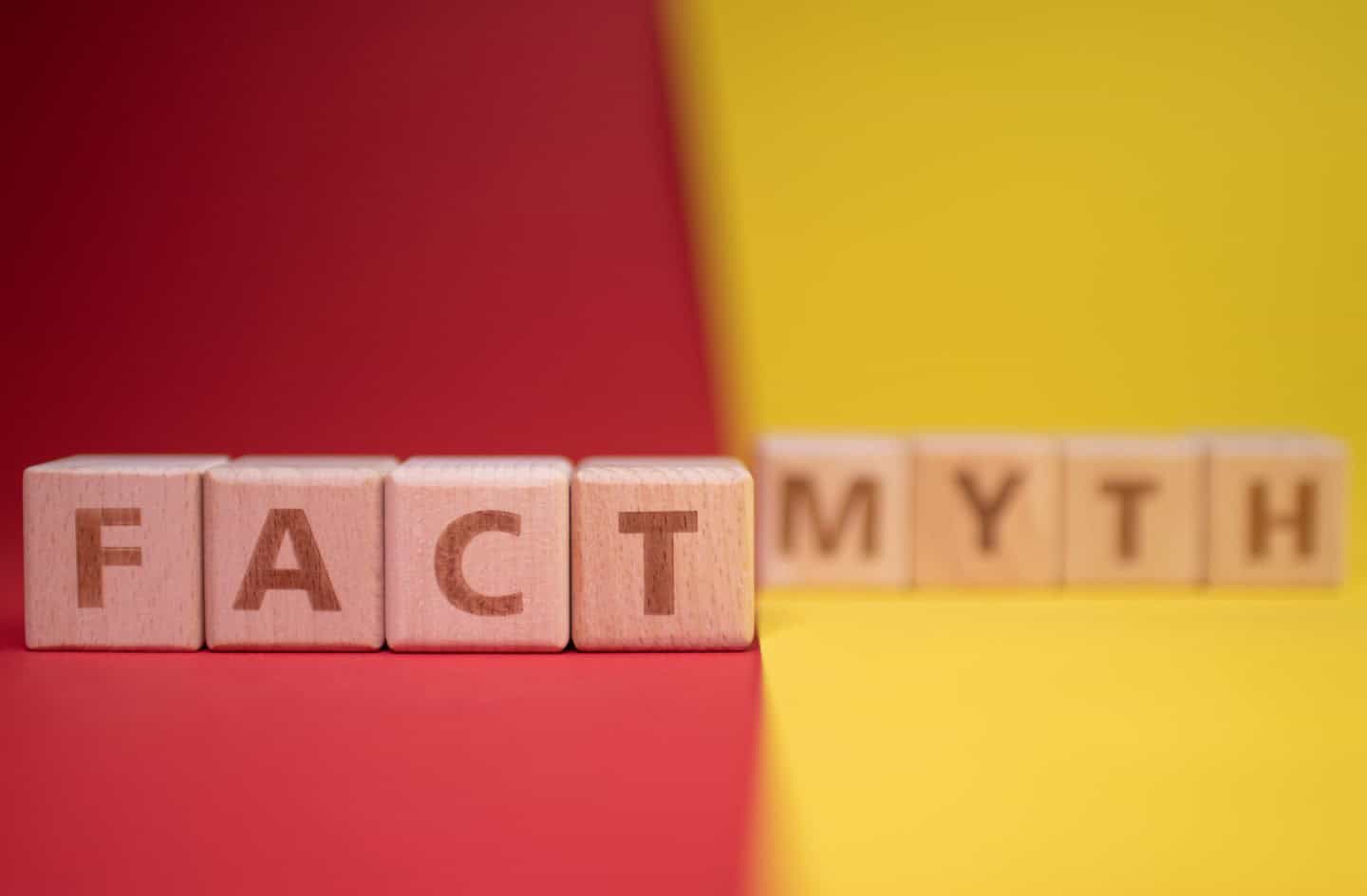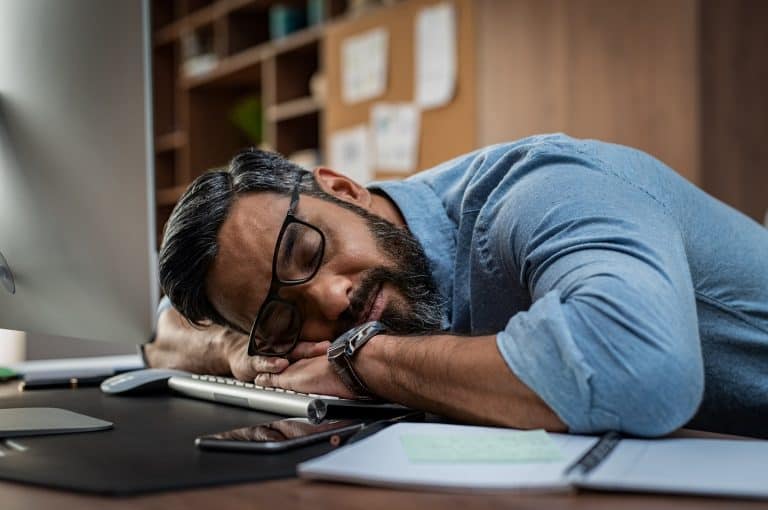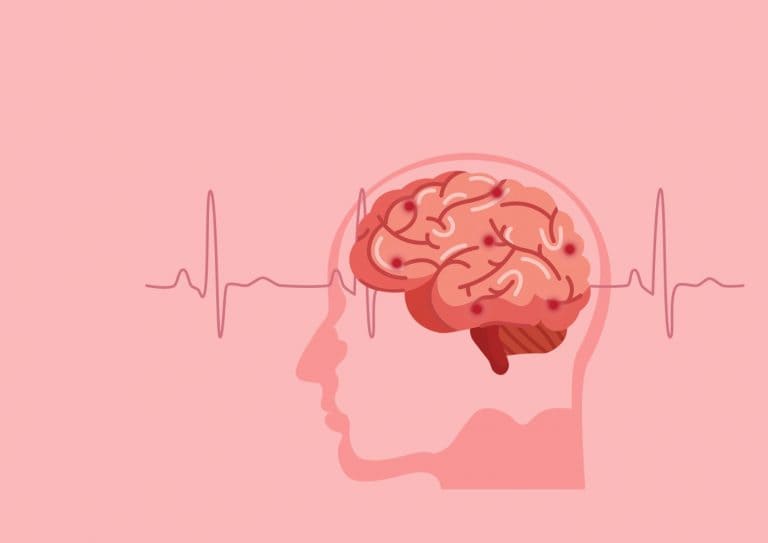
Busting common myths and misconceptions about strokes
Stroke Awareness Month is a crucial time to educate ourselves about a condition that affects millions of people globally each year. Despite its prevalence, strokes are often misunderstood, leading to dangerous myths and misconceptions. As a specialist brain injury solicitor, I’ve encountered many of these misconceptions firsthand. It’s time to set the record straight and provide accurate information that could save lives and improve recovery.
Myth 1: Strokes only happen to older people
Reality: While it’s true the risk of stroke increases with age, strokes can occur at any age.
Young adults, teenagers, and even children can suffer from strokes. In fact, approximately 10% of strokes occur in people under the age of 50.
Conditions like high blood pressure, diabetes, smoking, and certain genetic disorders can increase stroke risk in younger individuals.
Myth 2: Strokes are rare
Reality: Strokes are far more common than many realise. They are a leading cause of death and disability worldwide.
In the UK alone, there are more than 100,000 strokes each year—one every five minutes. Recognising the signs and acting quickly is vital to improve outcomes and reduce the incidence of stroke-related complications.
Myth 3: Strokes are not preventable
Reality: Many strokes are preventable. Up to 80% of strokes can be avoided through lifestyle changes and medical interventions.
Controlling high blood pressure, maintaining a healthy diet, exercising regularly, quitting smoking, and managing conditions like diabetes and atrial fibrillation can significantly reduce stroke risk.
Myth 4: Strokes are instantly recognisable
Reality: While some strokes present with sudden and dramatic symptoms, others can be more subtle.
The acronym FAST (Face drooping, Arm weakness, Speech difficulties, Time to call emergency services) is a useful guide, but it’s not exhaustive. Other symptoms can include sudden vision problems, severe headache, dizziness, or confusion.
If you suspect a stroke, even if symptoms seem minor, seek medical attention immediately.
Myth 5: Recovery stops after a few months
Reality: Recovery from a stroke can be a lengthy process and varies greatly among individuals. While significant recovery often occurs within the first six months, many people continue to improve over years.
Rehabilitation, including physical therapy, occupational therapy, and speech therapy can yield positive results long after the initial event.
Myth 6: There’s nothing you can do during a stroke
Reality: Immediate action can make a critical difference. If you suspect someone is having a stroke, calling emergency services right away is imperative.
Time is brain—every minute counts.
Quick medical intervention can help restore blood flow to the brain, reducing the severity of the stroke and improving recovery chances.
Myth 7: Once you’ve had one stroke, there’s nothing you can do to prevent another
Reality: Having one stroke does increase the risk of subsequent strokes, but proactive measures can reduce this risk.
Adhering to prescribed medications, such as anticoagulants or antiplatelet drugs, and making lifestyle changes are essential.
Regular check-ups and monitoring of health conditions like hypertension and cholesterol can help prevent further strokes.
Conclusion
Understanding the realities of stroke can help demystify this serious condition and promote proactive health measures.
As a specialist brain injury solicitor, I urge everyone to educate themselves about stroke risks, symptoms, and prevention strategies. During Stroke Awareness Month, let’s dispel myths and spread knowledge that could potentially save lives and improve the quality of life for stroke survivors.
If you or a loved one has been affected by a stroke and you believe it may be due to medical negligence or require assistance with compensation claims, do not hesitate to contact us for legal advice.
Early intervention and support can make a significant difference in the journey toward recovery and justice. At Bolt Burdon Kemp our focus is on securing compensation and support at the earliest possible opportunity for those who have suffered life-changing injuries to help with their recovery and future security.










